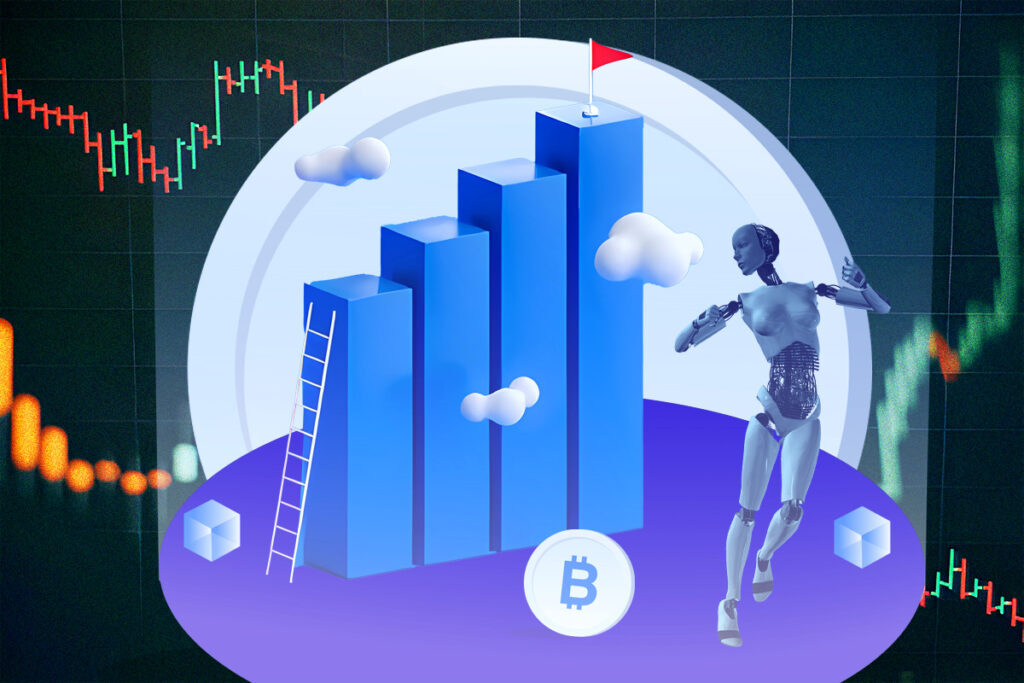DePIN 101: How Blockchain is Transforming Physical Infrastructure?

DePIN (Decentralized Physical Infrastructure Networks) is a blockchain-based innovation that aims to decentralize physical infrastructure. These next-generation networks allow users to provide infrastructure services in areas ranging from internet access to energy production without the need for centralized authorities. DePIN leverages the power of Web3 technology to provide secure, transparent, and more efficient infrastructure solutions. In this guide, we will examine the basic principles of DePIN, its working mechanism, and its use cases.
A New Paradigm in Digital Innovation: What is DePIN?
The link that connects the digital and real worlds is DePINs. They take advantage of blockchains and offer token incentives for services that are publicly documented. With the help of DePINs, users can share their resources with other users directly and without the need for an intermediary by creating a network for physical objects like WiFi and data storage.
WiFi data and transmissions are digital, but they cannot operate without the physical infrastructure of servers, hard drives, routers, and antennae. What binds them to the physical network are these material components. These networks are transparent and traceable since they are based on blockchain technology and employ digital tokens or cryptocurrencies like Bitcoin for transactions. Tokens are given to users as compensation for sharing their resources with the DePINs.
The Critical Role of DePINs in Today’s Technology: Why is DePIN Needed?
In contrast to conventional networks managed by a single organization, DePINs construct distributed systems with the use of blockchain technology. This implies that a small group of common people may manage infrastructure such as data storage, internet access, electricity, and other services rather than depending on a few large corporations. DePINs also guarantee that services are available to everyone, even in the event of emergencies or outages. This decentralized strategy lowers costs, encourages competition and innovation, and expands the range of services available.
Exploring the Mechanics of DePINs: How do DePINs Work?

The tangible infrastructure required to link a DePIN to the outside world, such as sensors, internet routers, wireless hotspots, and computing equipment, is included in the physical hardware nodes that DePINs use. Transparency and trust between participants are ensured by a blockchain, which keeps track of all transactions and automatically distributes rewards. When specific conditions are met, smart contracts and the Internet of Things (IoT) automatically execute these transactions, guaranteeing a transparent and seamless operation.
Participants provide resources to help the DePIN achieve its objectives through tokenized economic models written in the network’s code. Users who contribute to the network are rewarded with cryptocurrency prizes. This acts as a strong motivator for people to finance, maintain, and use the infrastructure. DePINs decentralize the ownership, control, and administration of physical infrastructure through the use of peer-to-peer networking protocols. This means that rather than depending on centralized authority, DePINs allow direct communication and cooperation between infrastructure suppliers and users.
What are the Primary Use Cases for DePIN?
Because DePIN creates open and decentralized markets for the same services that traditional technology firms provide, it is typically used in these four areas:
- Storage Options: DePINs can offer a novel approach to data storage through a multi-device network. DePINs distribute data storage among several nodes, increasing safety and dependability over a single, central system.
- Wireless Connectivity: Smartphones, IoT gadgets, and routers interact directly with neighboring devices on a peer-to-peer infrastructure network, which is where DePINs function. Rather than requiring centralized hubs, DePINs spread inexpensive, simple-to-install wireless technology over a large region.
- Energy Distribution: DePIN initiatives have the potential to increase energy reliability and advance green energy solutions, resulting in a more sustainable and environmentally friendly community.
- Decentralized Sensors: By utilizing the distributed architecture of physical sensors and blockchain technology, DePINs can also function as geo-, traffic-, environmental-, and infrastructure-health monitors. Every sensor gathers information about the surroundings or traffic, verifies it, and then safely stores it throughout the network.
Regulatory Uncertainty and Security Concerns: The Two Biggest Challenges Facing DePIN
DePINs provide many benefits, but they may also cause technical, legal, and adoption problems. DePIN builders may encounter complicated legal constraints because many nations currently lack clear regulatory frameworks for the cryptocurrency business. On the other hand, decentralized networks continue to have serious security concerns. DePIN project developers must strike the correct balance between blockchain’s security and transparency in order to mitigate the risks related to smart contracts and data privacy.
For more up-to-date crypto news, you can follow Crypto Data Space.















Leave a comment